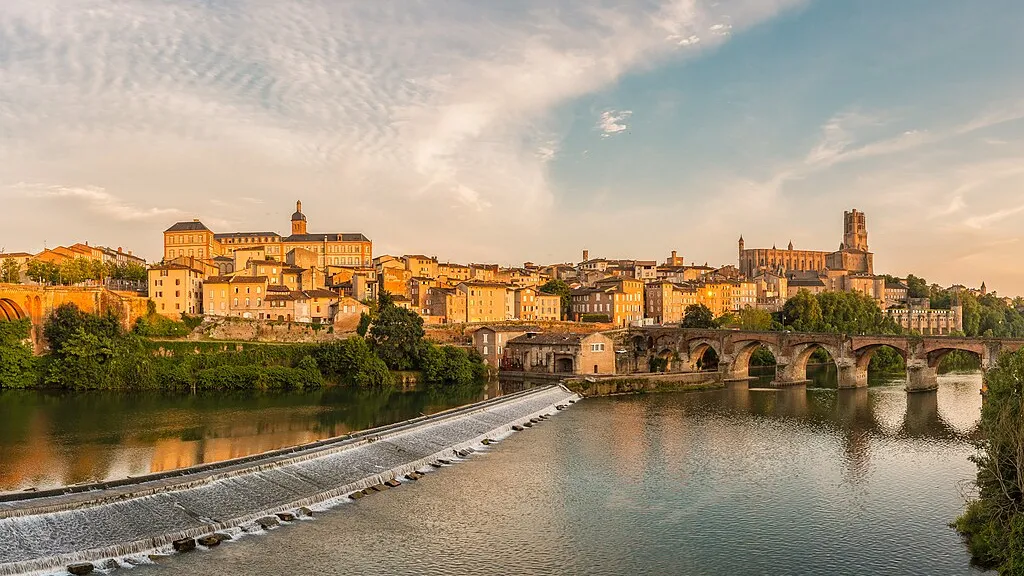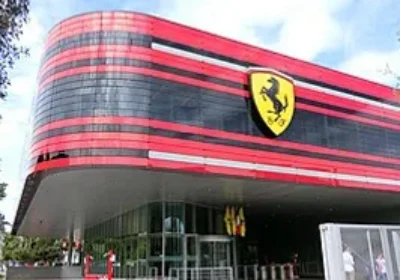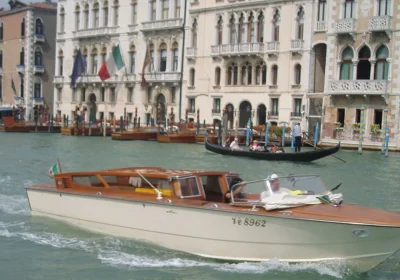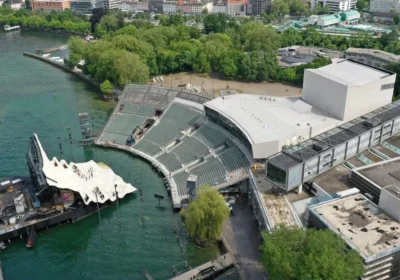Albi is the capital of the department of Tarn, Languedoc. It is located on a hill above the River Tarn, west of Toulouse.
The history of the city is inextricably linked with the history of Christianity. The heretical doctrine known in Europe as the Cathar heresy is also called the Albigoi heresy, i.e., the heresy of the neighborhood of Albi. To suppress this heresy, the Pope organized a crusade in 1209 (see Cathar Castles).
A distinctive feature of the city’s architecture is the pink brick of which most of the buildings are made.
The jewel of Albi, and of the whole of France, is the Gothic Cathedral dedicated to St. Cecilia. It is a cathedral-fortress: the austere appearance of a feudal castle rather than a church on the outside, and fabulous Renaissance decoration on the inside. The rich paintings and mosaics are stunning, the sculpture so exquisite and perfect that it is hard to believe it is real.
Next to the Cathedral is the Palace of Verbier – the former residence of the Archbishop, part of the palace is now dedicated to the Toulouse-Lautrec Museum.
Albi is the birthplace of the artist, whose paintings now adorn many museums around the world, and posters and advertising posters of music halls are still sold in all the second-hand shops of Paris. The museum dedicated to Toulouse-Lautrec has the richest collection of the artist’s paintings, representing all periods of the painter’s work, as well as books that illustrated Lautrec, and his personal belongings. Among them is the artist’s “cunning” walking stick with a miniature glass and brandy flask skillfully built into it.
The town itself is small and very picturesque. Especially the view of the cathedral and the medieval town from the opposite bank of the river.

















